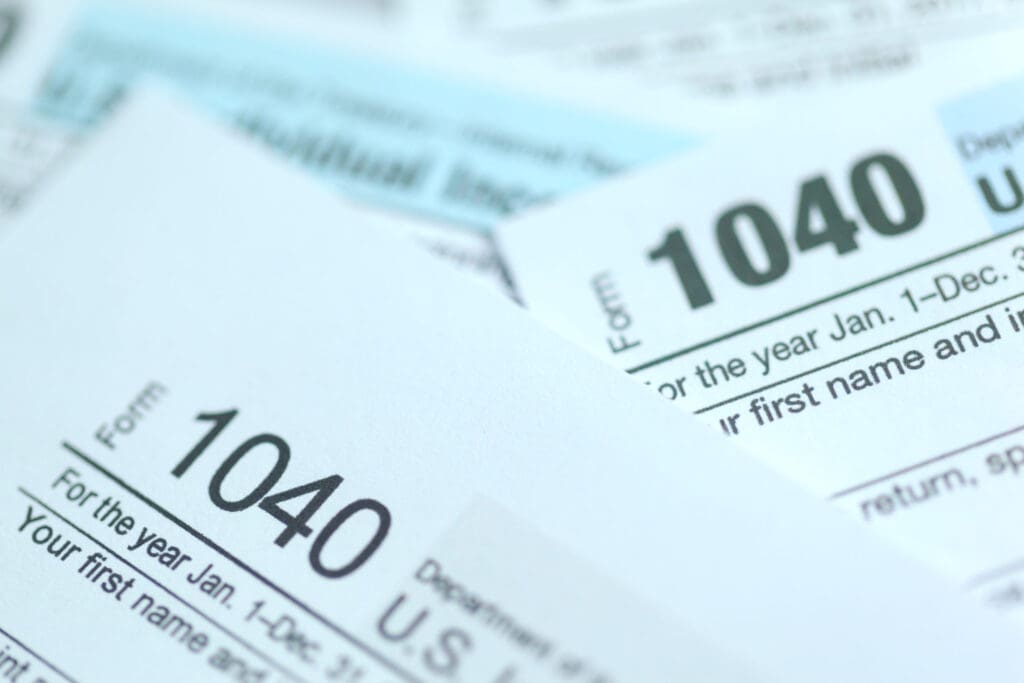When most people think about mortgages, they consider how much they’re spending each month. What many don’t realize is that there is a way to save money as well. When someone is paying a mortgage, they can use that for certain tax deductions, which reduces their tax liability for the year. This could lead to paying less in taxes or getting a larger refund, depending on the person’s situation.
Why Use the Mortgage for Tax Deductions
Most people want to use as much as possible for any deductions when filing taxes. Each year, the person’s income and liabilities determine how much they will end up paying for their taxes and what refund they might receive. For those who pay taxes every year, it may be possible to pay significantly less, saving quite a bit of money. Though using the mortgage as a deduction can be complicated, most people find it’s well worth the effort to use it.
What Can Count for Deductions?
The interest paid on loans to build, purchase, or make improvements to a primary residence can be claimed as a deduction on federal taxes. In some cases, it may be possible to also claim this deduction on a mortgage for a second home or vacation home, though this can vary based on a number of factors. The interest that can qualify for a mortgage deduction includes interest on the primary mortgage, prepaid points in some situations, the mortgage on a home equity loan, and any mortgage insurance premiums. It’s not possible to count homeowner’s insurance, extra payments toward the principal, title insurance, settlement costs, or deposits towards the deduction.
How to Qualify for Deductions
Homeowners must qualify, but once they do, they can deduct the entire amount paid for mortgage interest during the year. There are limitations on how much can be used. On top of this, the interest can only be used as a deduction if the mortgage is a secured debt. If the home is considered security for the payment of the debt, it is a secured debt, and the interest can be used as a deduction. A tax professional can help you better understand how you can utilize deductions.
Preparing to Use a Mortgage for Tax Deductions
Homeowners who wish to use their mortgage interest for tax deductions will want to be prepared before they speak with a tax professional. They should receive a Form 1098 from the mortgage servicer at the end of the year. This form provides information about the interest paid on the mortgage and any other pertinent information to fill out the required forms while doing federal taxes. If the homeowner does not receive this form automatically, they should request it from the mortgage services to confirm the full amount of mortgage interest paid through the year.
How to Report a Mortgage on Tax Forms
When filing federal taxes, the mortgage interest is deducted on Schedule A of the standard 1040 tax form. This is not likely available on the 1040-EZ form. If the homeowner would like to deduct interest from a mortgage for a non-primary home such as a rental property, that will be reported on Schedule E. It is important to pay attention to the difference between itemized deductions or standard deductions when filling out the 1040, as the mortgage interest could allow the homeowner to exceed the standard deduction. This means they’ll want to go with the itemized deductions so they can save more money. It is important to consult a tax professional to better understand your unique situation.
Speak With a Tax Pro for Help
Using a mortgage to help reduce tax liabilities can be confusing and complicated, especially if the homeowner is also seeking to use the interest paid on a mortgage for a vacation or rental property. Most homeowners, especially if they’re doing this for the first time, will want to seek help. A tax pro knows how to use the mortgage interest and to determine if the standard or itemized deductions should be used to help the homeowner save more money on their taxes.
If you’ve purchased a home, you may be able to claim the mortgage interest on your taxes this year and get a much larger refund. However, this claim does need to be done correctly to make sure you get the most back from your federal income taxes. Take the time to speak with a professional to learn more about how this works for your exact situation and how much money you could save.


